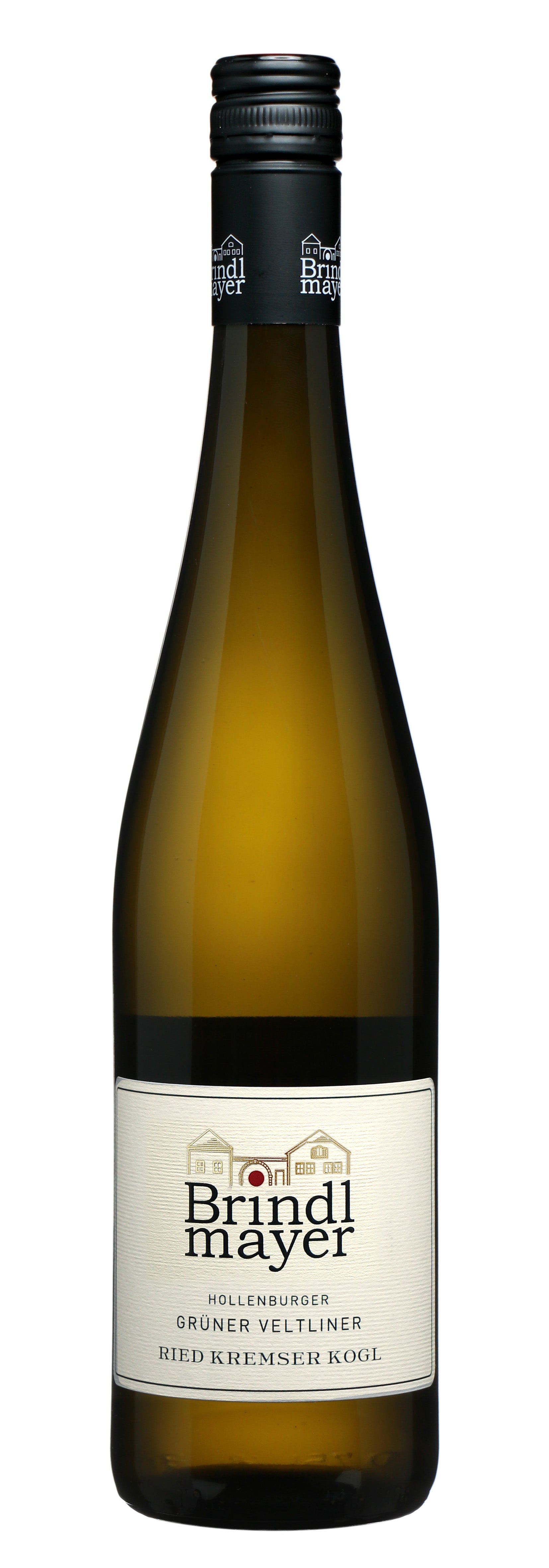Kremser Kogl
The Kremser Kogl vineyard borders directly on the town of Hollenburg and extends over an altitude of approximately 210 to 320 meters. The site extends from northeast to east to south around the Wetterkreuzberg mountain. The terraced vineyards are planted on calcareous loess, from which the underlying conglomerate of the Hollenburg-Karlstetten Formation protrudes. These are approximately 15-million-year-old river and delta deposits of the ancient Traisen River. It originated in the Limestone Alps and flowed into the then, now long-vanished, Paratethys Sea in the Krems-Langenlois area. Loess is a dust sediment that was blown into the Krems Valley from the Alpine region during the ice ages. Viticulture, in particular, benefits from the excellent properties of loess soil, such as its heat and water retention capacity, nutrient content, and fine grain. Kogl refers to a conical or dome-shaped mountain or hilltop. The rather barren soil imparts a rich minerality to the wine. The wines require a longer aging period before they fully develop. The main varieties planted are Grüner Veltliner, Riesling, Sauvignon Blanc, Gelber Muskateller, and Zweigelt.
Filter
Sort by:

